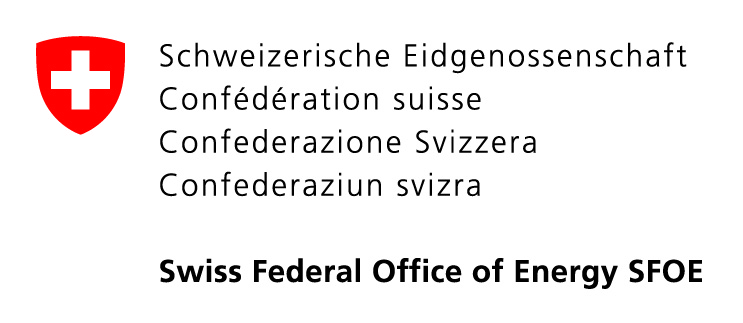27 September 2018 – 9:00 AM
Jean Desroches Schlumberger, France
Hydraulic fracturing has recently received a lot of attention, as it unlocked the production potential of hydrocarbon source rocks (aka “shales”). Hydraulic fracturing, however, has been a core technique for stimulating hydrocarbon production in oil and gas reservoirs for nearly 70 years, as it is the preferred means to create a permeable conduit in a tight rock formation. Furthermore, the associated knowledge and understanding that has been developed is now being used for rather different applications in the subsurface. In this lecture, a wide-ranging review of hydraulic fracturing will be attempted.
We will first describe the coupled physical processes underlying the most basic expression of hydraulic fracturing: pressure-driven fluid flow, rock deformation, and creation of new fracture surface, and show that the coupling between these processes gives rise to a unique system, whose specificities have been carefully studied during the last 25 years – starting with the studies of dykes. A short venture will then be made in the associated transport of solids via suspensions of complex Non-Newtonian fluids, as the tailoring of these fluids is a key lever to achieve the desired geometry and conductivity of a hydraulic fracture.
In the second part of this lecture, we will focus on lesser known, though potent, uses of the hydraulic fracturing technique:
- Small-scale hydraulic fracturing is the only direct method to measure stresses at great depth, through the combination of creation of new fractures and reopening of pre-existing fractures. Examples of estimating the complete state of stress through this technique will be discussed.
- The use of hydraulic fracturing in mining will be presented, not only to remove coal gas ahead of the mining front, but also to induce safe caving of the roof rock.
- Finally, the use of hydraulic fracturing in the context of geothermal reservoirs will be considered.










